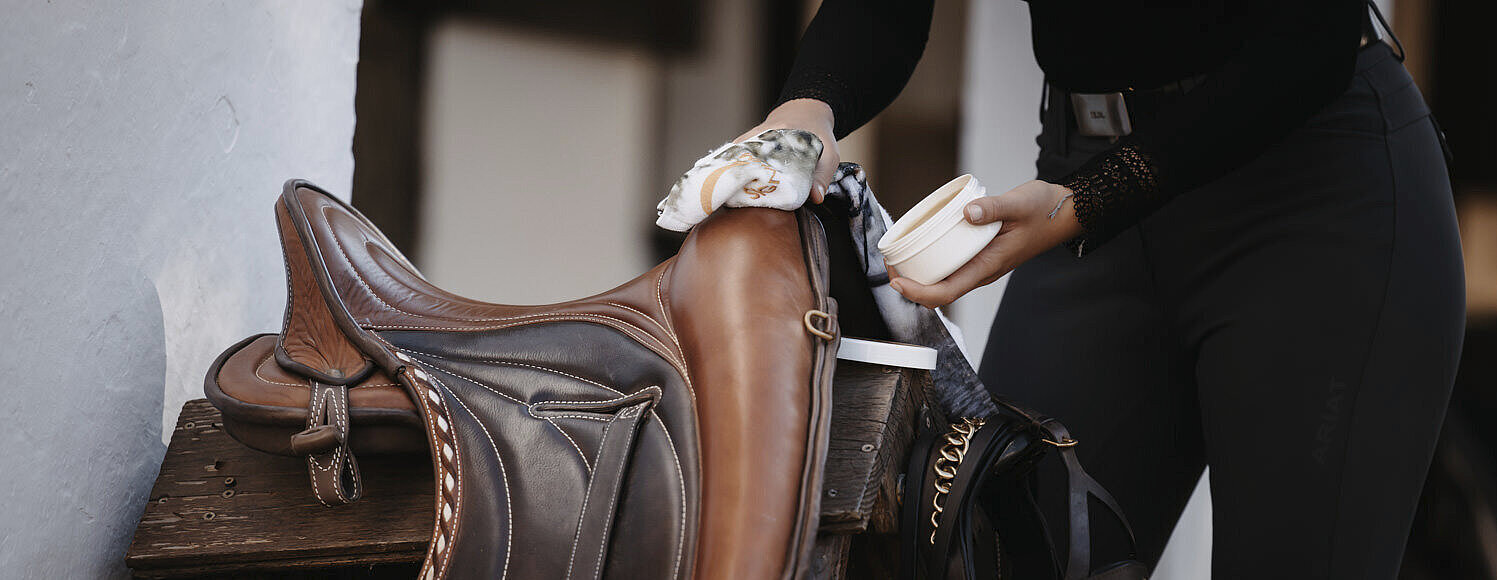The right saddle care
Proper cleaning, leather care and storage are the key to being able to enjoy your saddle for a long time. With appropriate cleaning, care and storage, the robust natural product leather retains its high durability and suppleness for years and develops a unique patina.
Leather as a natural product
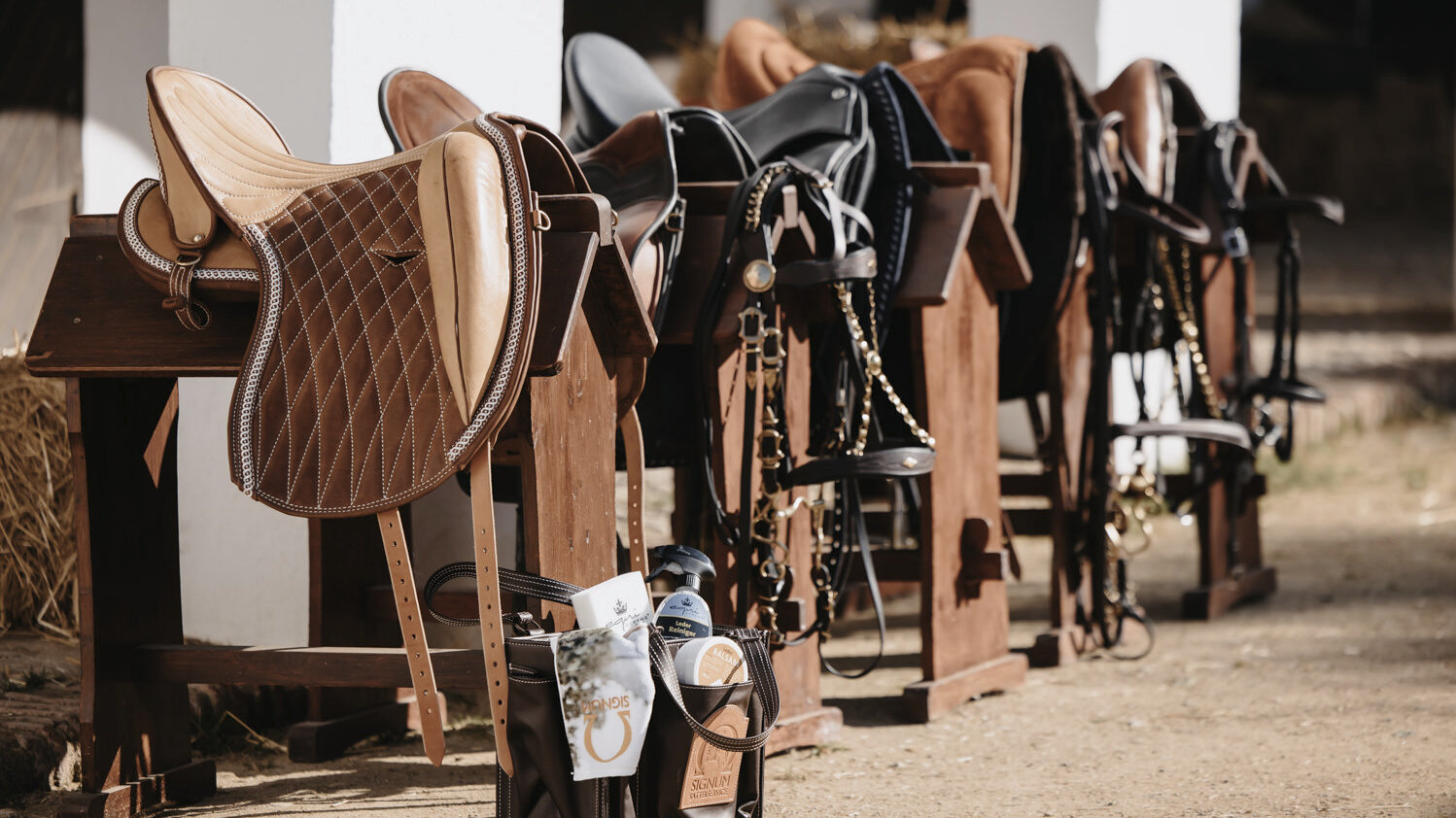
Leather is a gift from nature. We do not use plastic-coated leather for our saddles, but open-pored leather of the highest quality. As an authentic natural product, natural features are deliberately retained in the leather and are a sign of its origin.
You can find out more about this topic in the article about our saddle leather.
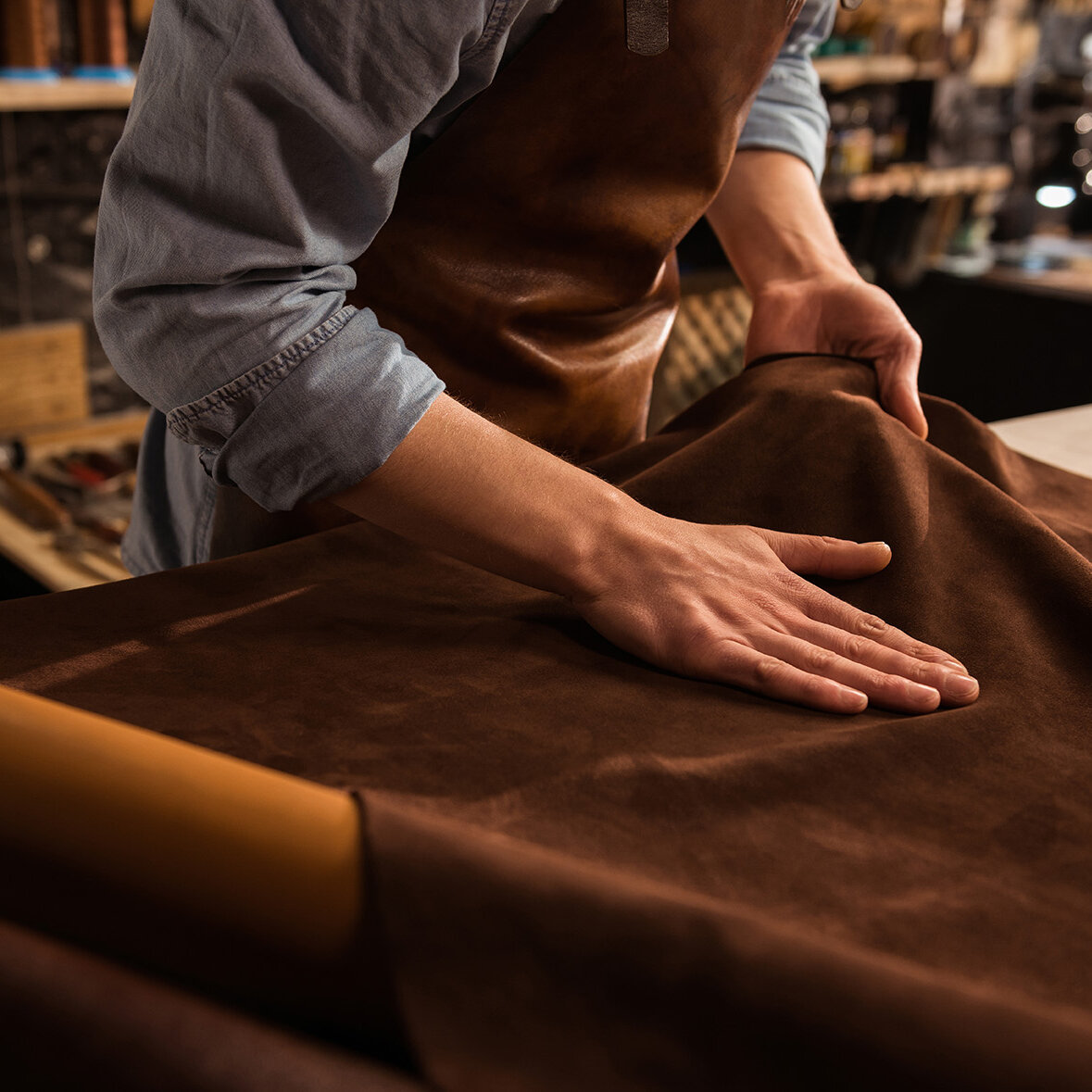
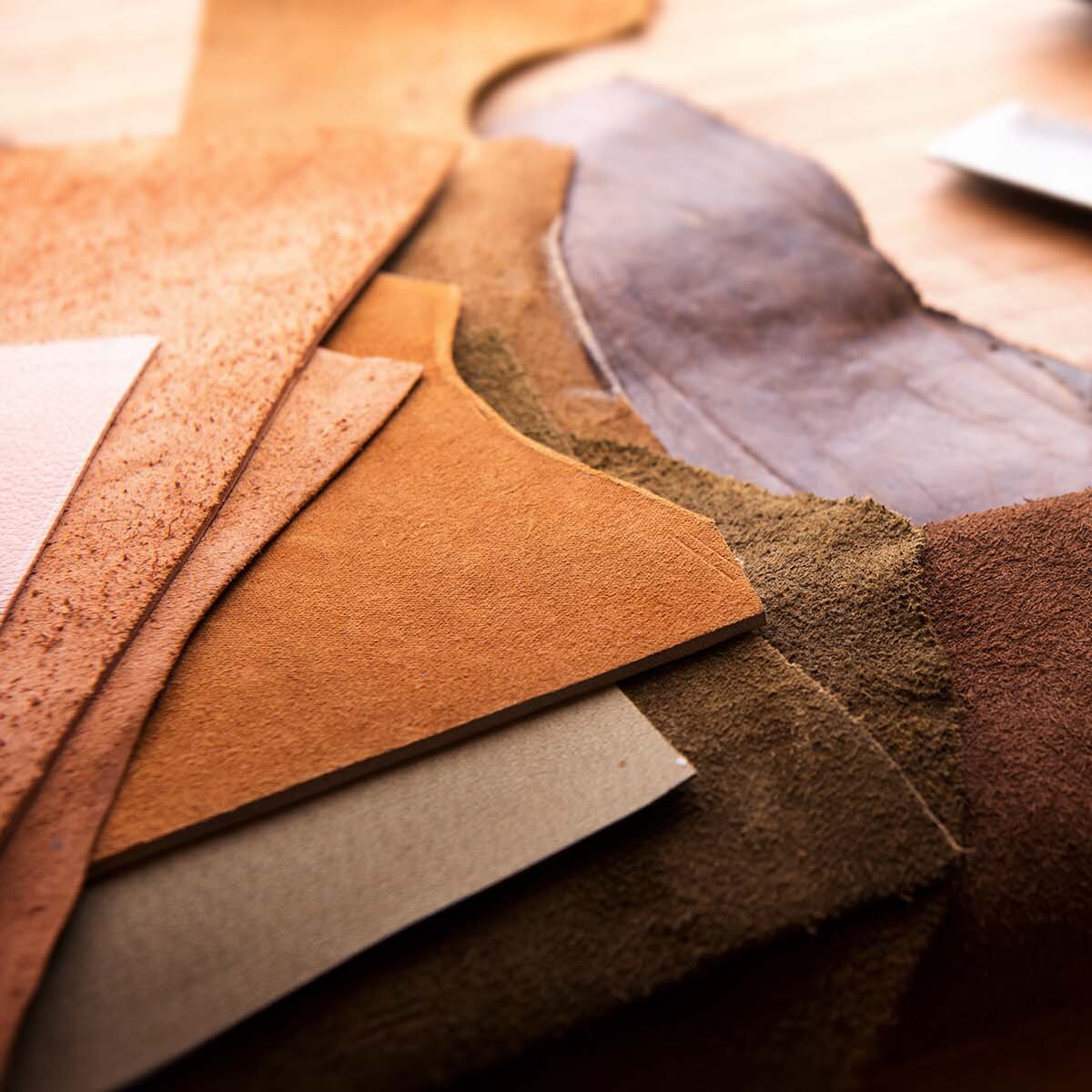
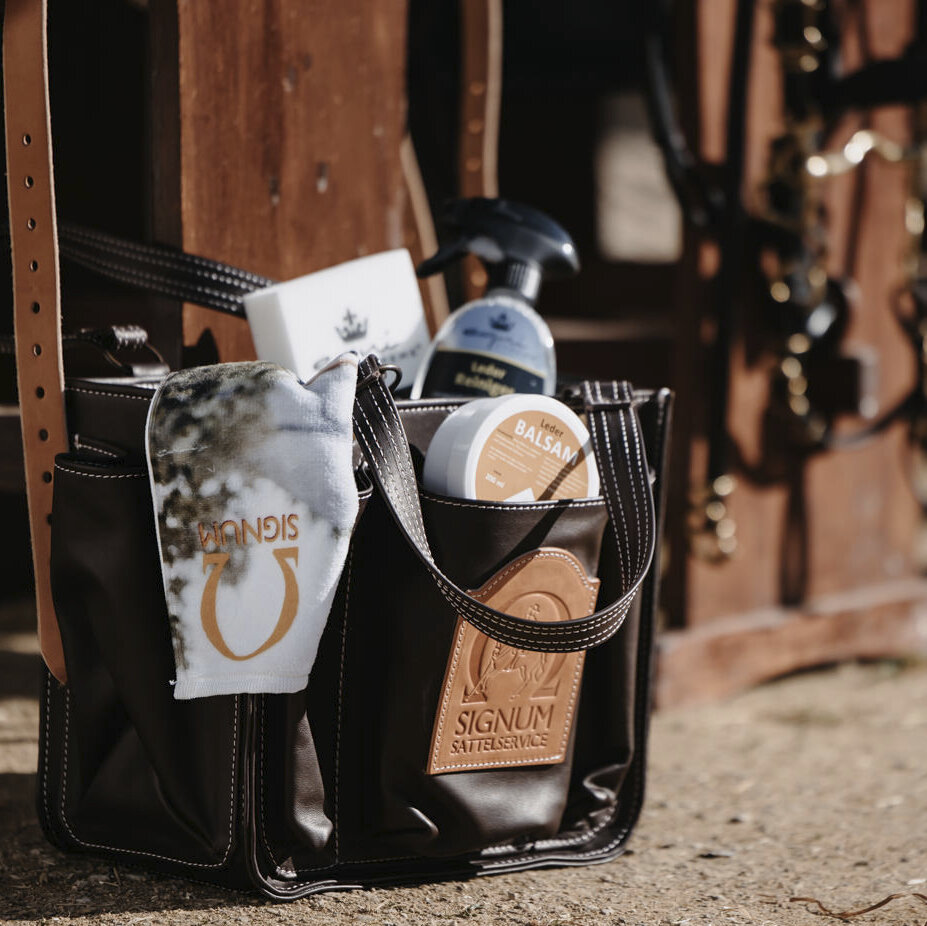
The open-pored leather remains breathable and allows care products to penetrate deep into its leather structure. This causes the leather to darken and gives it its unique patina over time.
These properties make special demands on the correct storage, cleaning and care of the leather. In this article, we would like to give you our tips and recommendations to ensure that the leather retains its suppleness and durability for many years.
Cleaning smooth leather
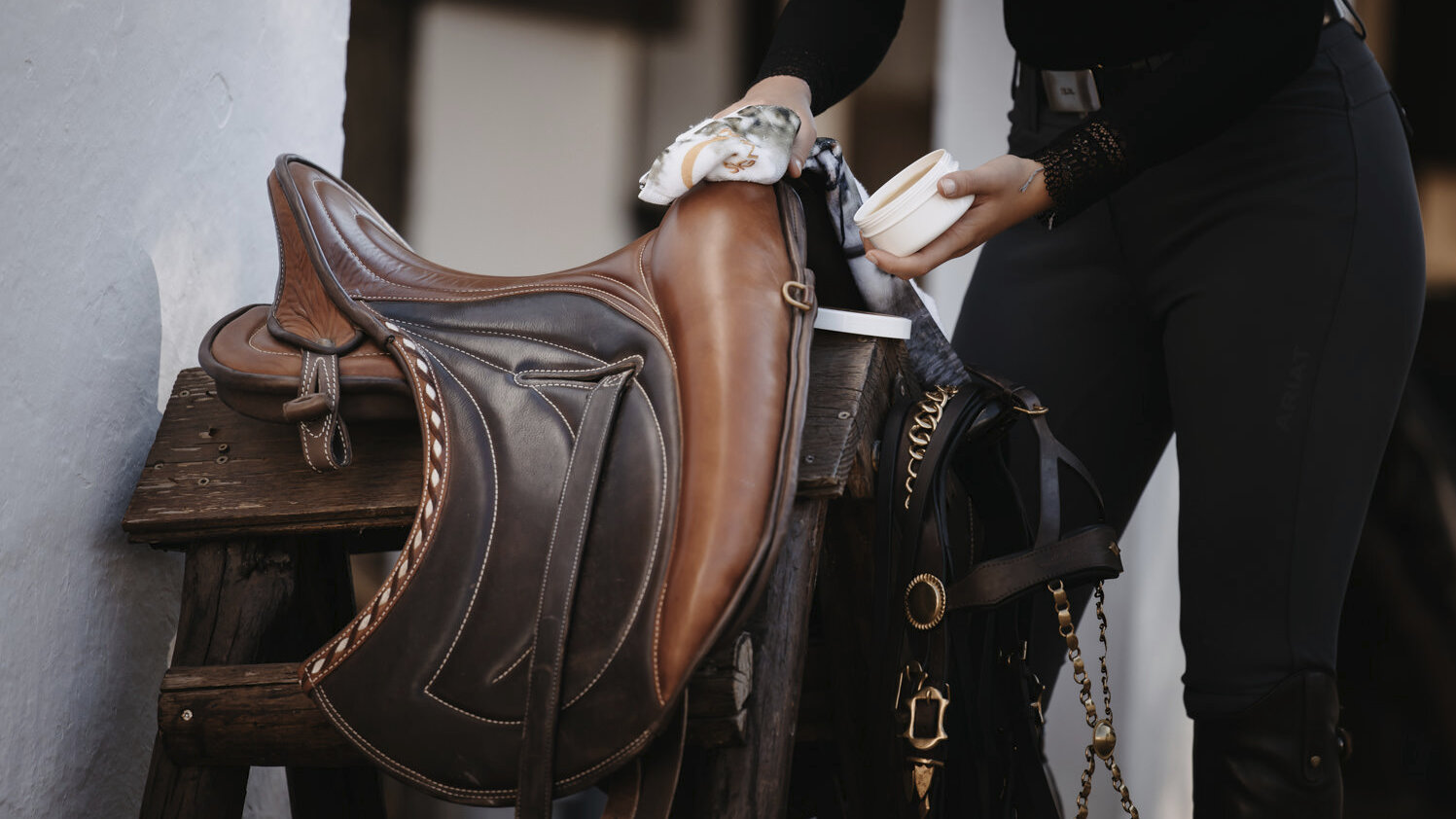
Clean your saddle or bridle with a soft cotton cloth after each use. This absorbs dirt and moisture directly from the surface before it dries.
The surface of smooth leather can be treated with a leather cleaner such as EquiXtreme. This is sprayed sparingly onto the surface. It binds dirt particles on the surface so that they can be removed with a soft cloth after a short exposure time. The leather should then be allowed to dry and, if necessary, treated with leather care(more details on this follow in the leather care section).
Cleaning suede
The surface of suede can be cleaned with our suede brush if it is heavily soiled. The rubber lips clean the suede fibres and restore them at the same time. Our special, small cleaning brush is ideal for removing coarse dirt from hard-to-reach areas, such as seams or narrow areas.

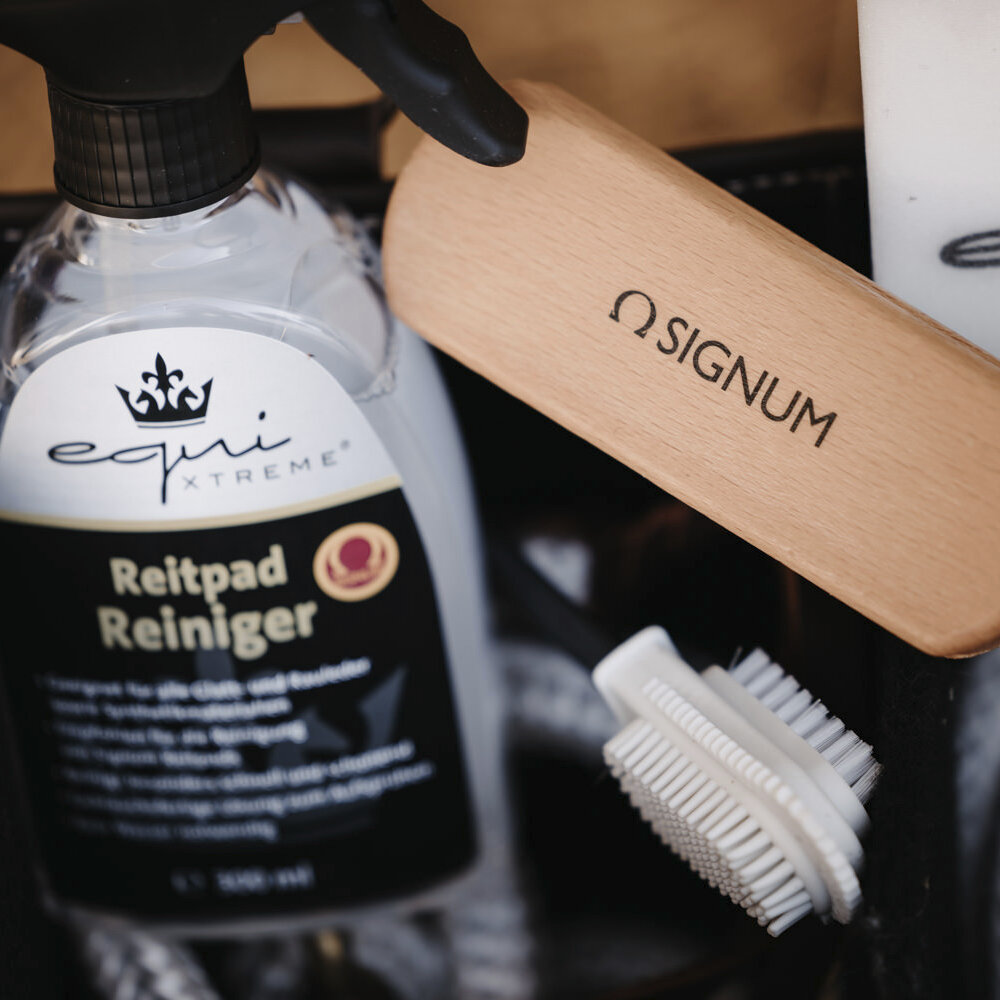
The suede surface can be treated with EquiXtreme riding pad cleaner . The surface is sprayed sparingly to bind the dirt particles on the surface. After a short exposure time, these can be removed with a cloth or a soft brush. We then recommend brushing the entire surface again with the lamellar part. This will evenly roughen the cleaned structure of the suede.
It is normal for areas of the suede to become smoother over time. Especially where the leather is subjected to a lot of friction, the superficial fibres will lose their fluffy structure over time and look like smooth leather. The back of our small cleaning brush can be used to carefully roughen the structure of the leather in these areas.
Leather care
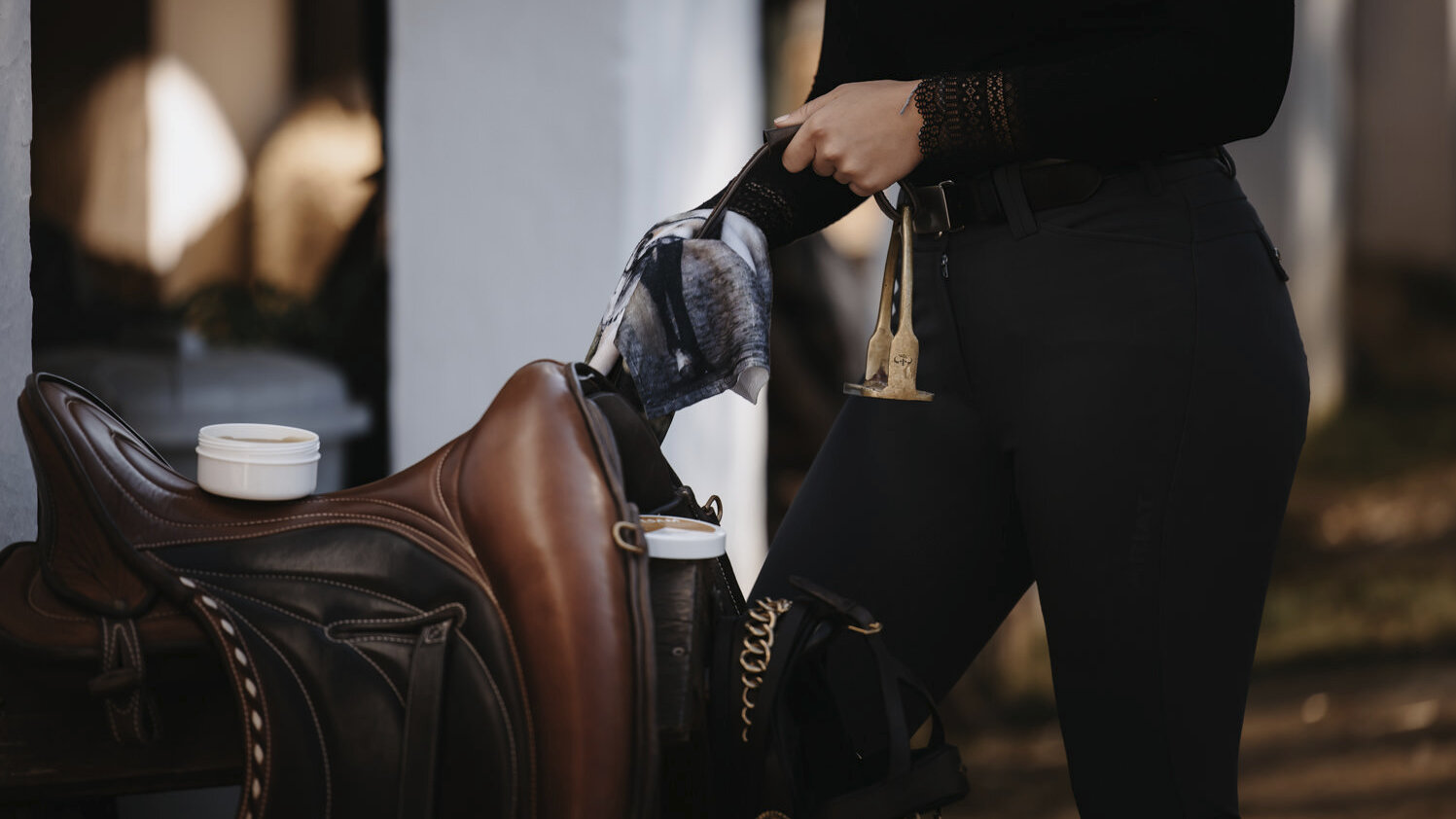
The care of your saddle should be adapted to the intensity of use. The cleaned leather product should be treated regularly with suitable leather care products.
We recommend the use of our leather care balm for the regular care of your saddle or bridle. This is applied sparingly to the leather with a sponge or cloth after cleaning. If you want the leather colour to darken more, you can apply a thin layer of leather oil with a sponge, cloth or brush. Allow the cream or leather oil to work in and then polish the saddle with our soft cotton cloth. This gives the leather a slightly shiny surface and absorbs any excess care products.
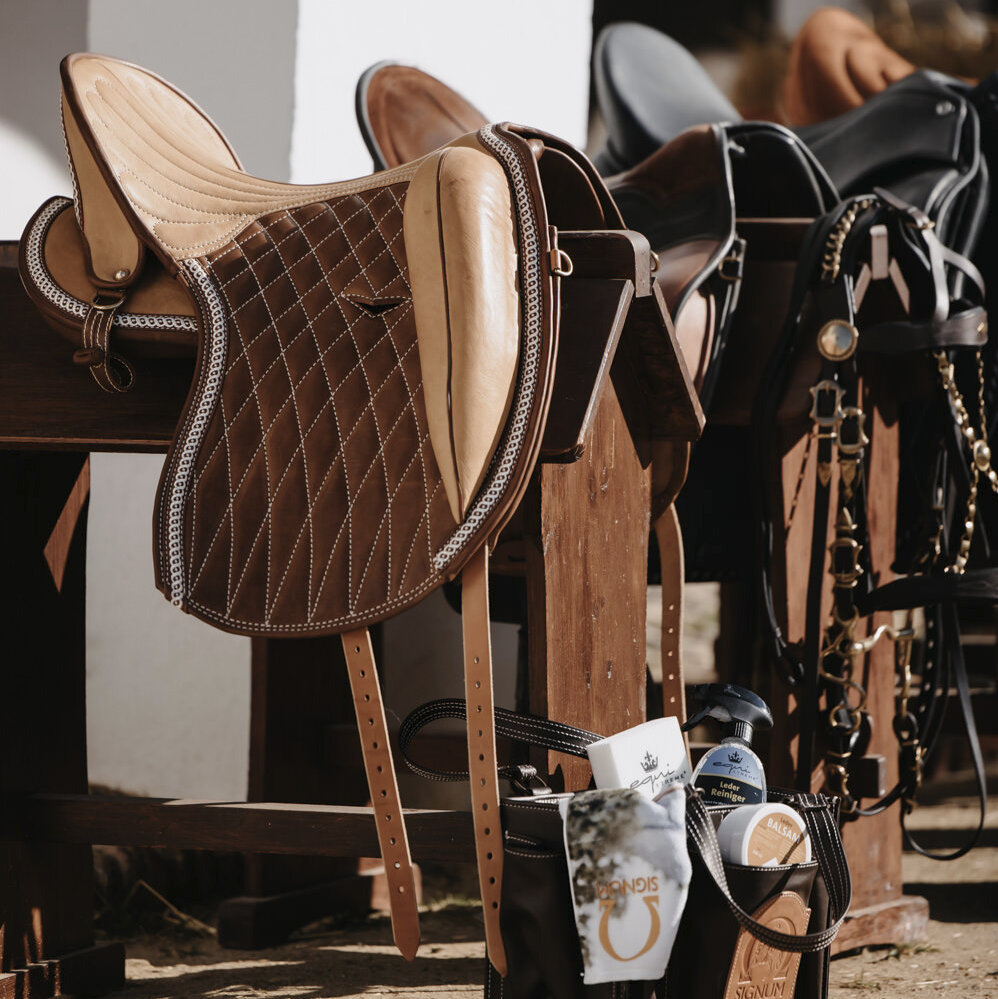
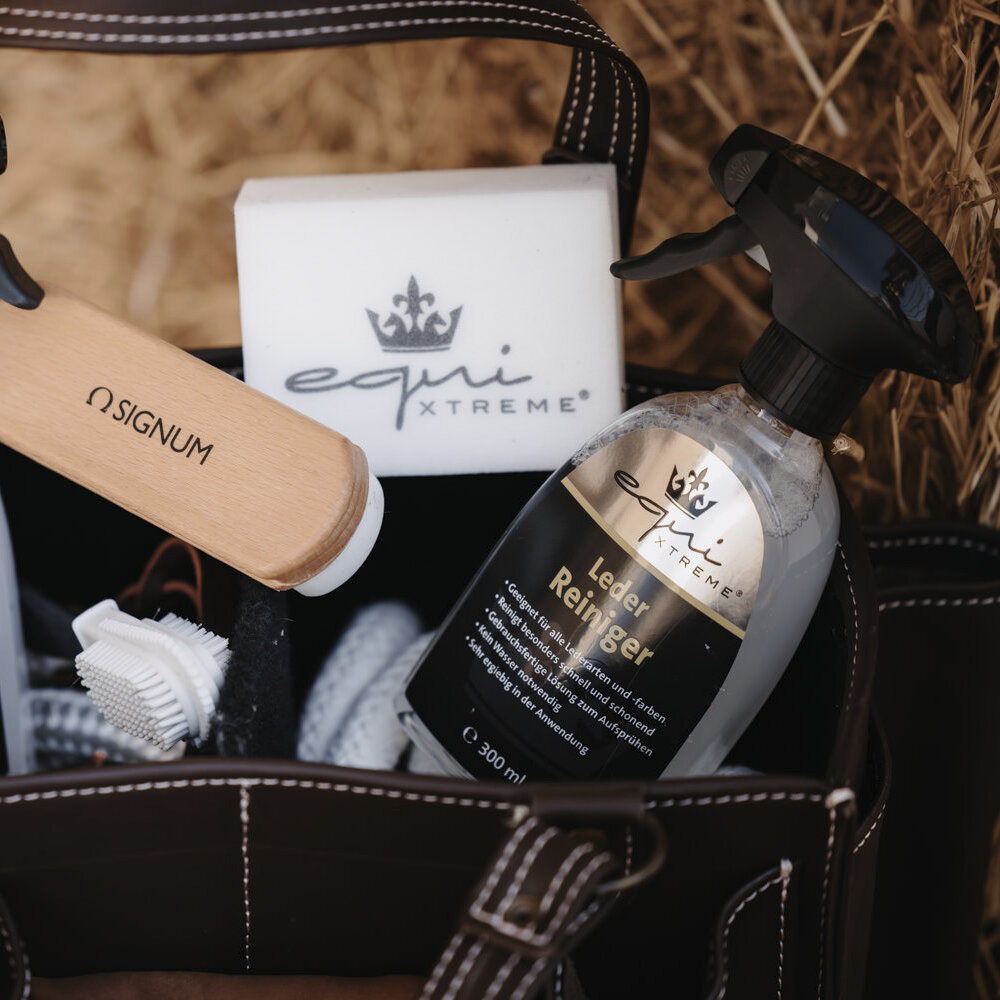
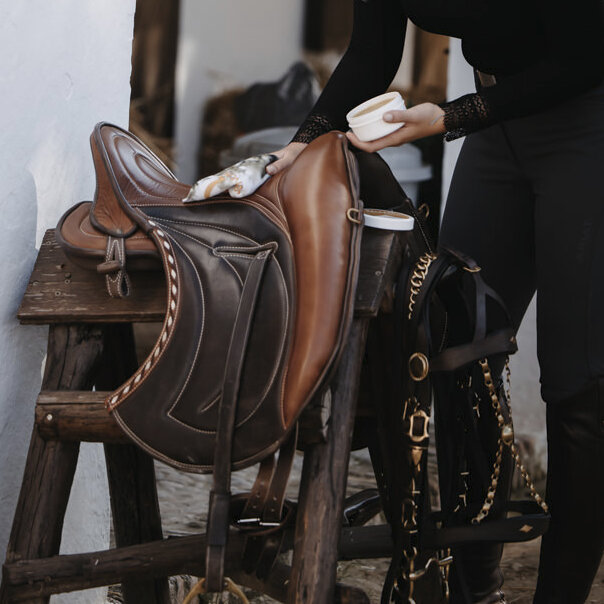
Heavily used areas such as the girth straps can be treated regularly with leather oil, depending on how heavily they are used. The girth straps come into particularly intensive contact with the horse's salty sweat, which strongly attacks the leather. Careful cleaning and care is necessary to prevent the leather from drying out and to keep it supple and stable.
Caution: dry leather quickly becomes brittle and, in the worst case, can cause a girth strap to tear under heavy load! Therefore, regardless of the intensity of care, check all safety-relevant components (girth straps, stirrup leathers) before use and replace them regularly for your own safety!
Correct storage
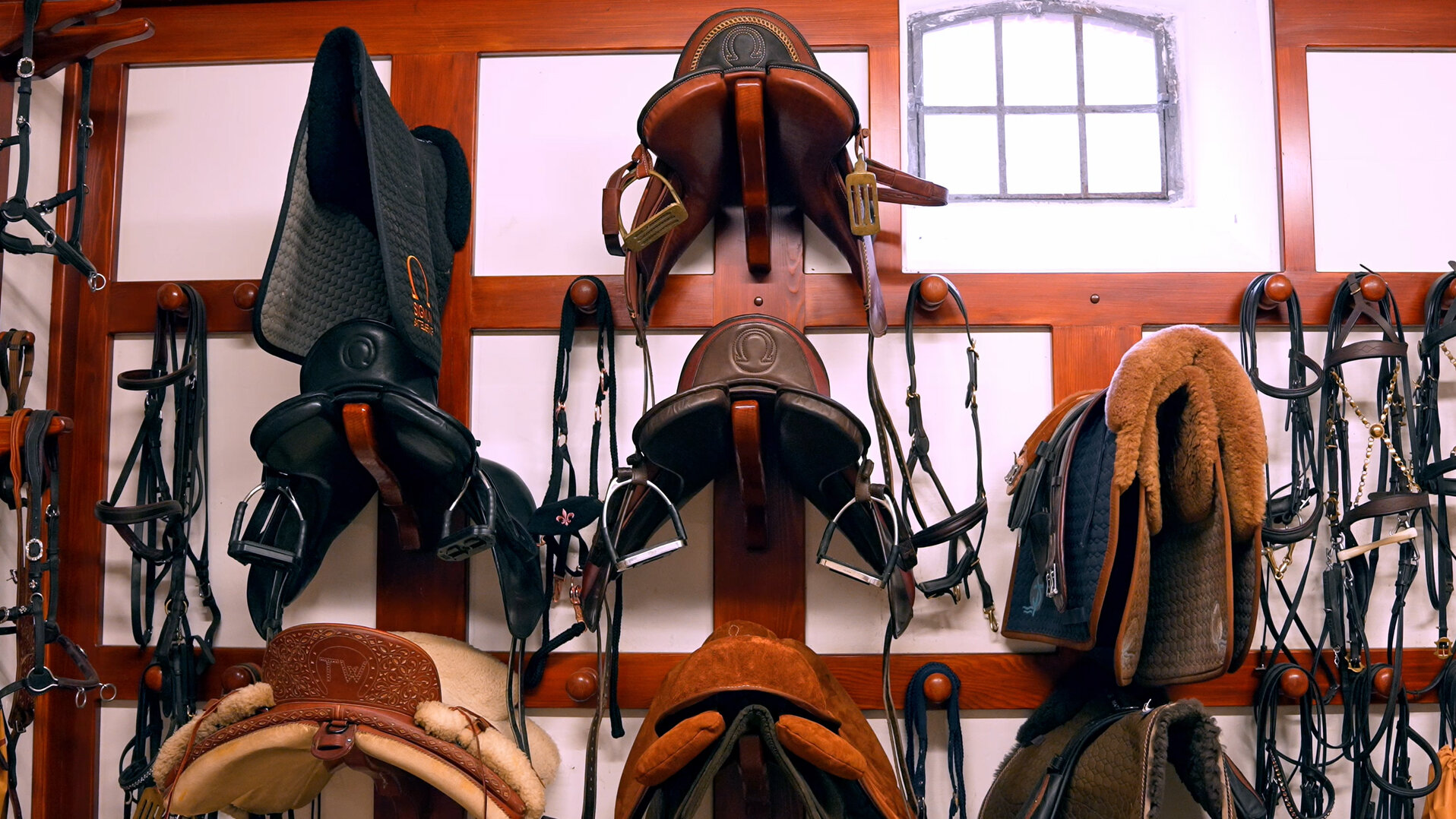
Every leather product should be stored in a dry and warm place with low humidity. This allows moisture and horse sweat to dry optimally without, on the other hand, removing too much moisture from the leather and drying it out.
You can find more detailed information on the ideal storage of your saddle in our article "The perfect tack room".
Home remedy for squeaking noises
After fresh oiling, the saddle may make squeaking noises. This is often caused by the friction of the stirrup leathers on the saddle flap or by the friction between the leather boots/chaps on the stirrup leathers and the saddle flap. In this case, we recommend a home remedy: degrease these leather areas with a damp cotton cloth and some "dishwashing liquid".
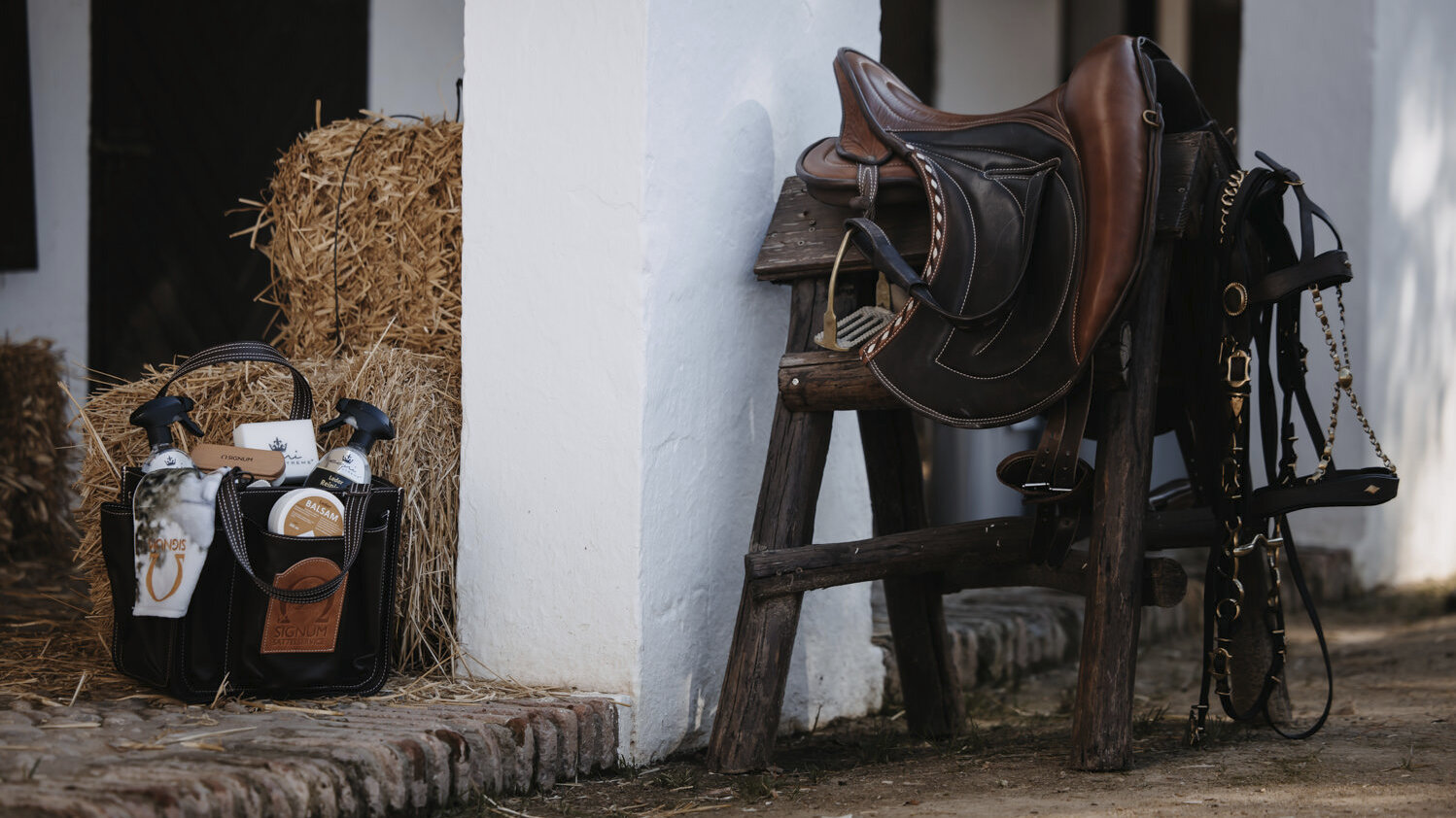
Even if the saddle has not been freshly treated with care products shortly beforehand, temperature changes or fluctuations, for example, can cause a saddle to start squeaking from one day to the next. A tried and tested household remedy against squeaking on the saddle is "baby powder" or talcum powder. Apply this sparingly to the leather area where two leather parts rub against each other and produce the noise.
If home remedies are unsuccessful, you can send your saddle to our workshop at any time for treatment with a special care product. Simply contact us in advance to let us know about your saddle.
Silicone grip breeches warning
Caution: Riding breeches with silicone grip are currently popular, but have a similar effect to an eraser and can lead to excessive wear in the seat area and on the saddle flaps. This excessive wear is irreversible and remains visible on the leather surface in the long term. We therefore recommend the use of riding breeches without silicone grip, whose knee or full seat is made of genuine leather or imitation leather.
